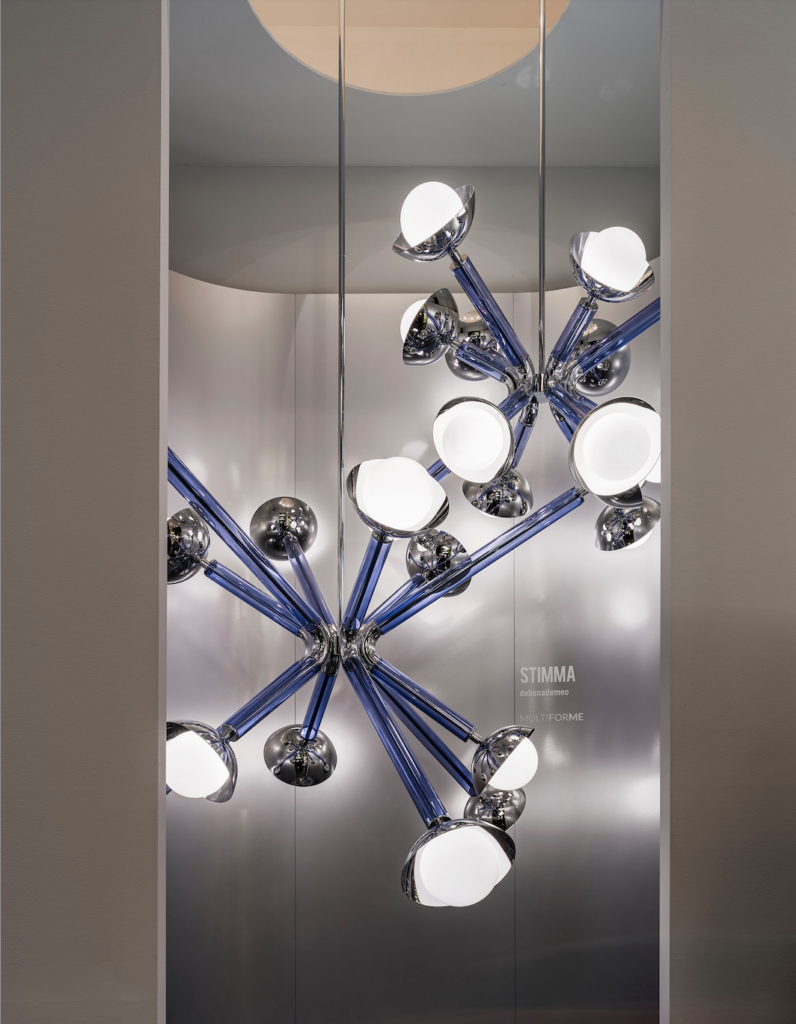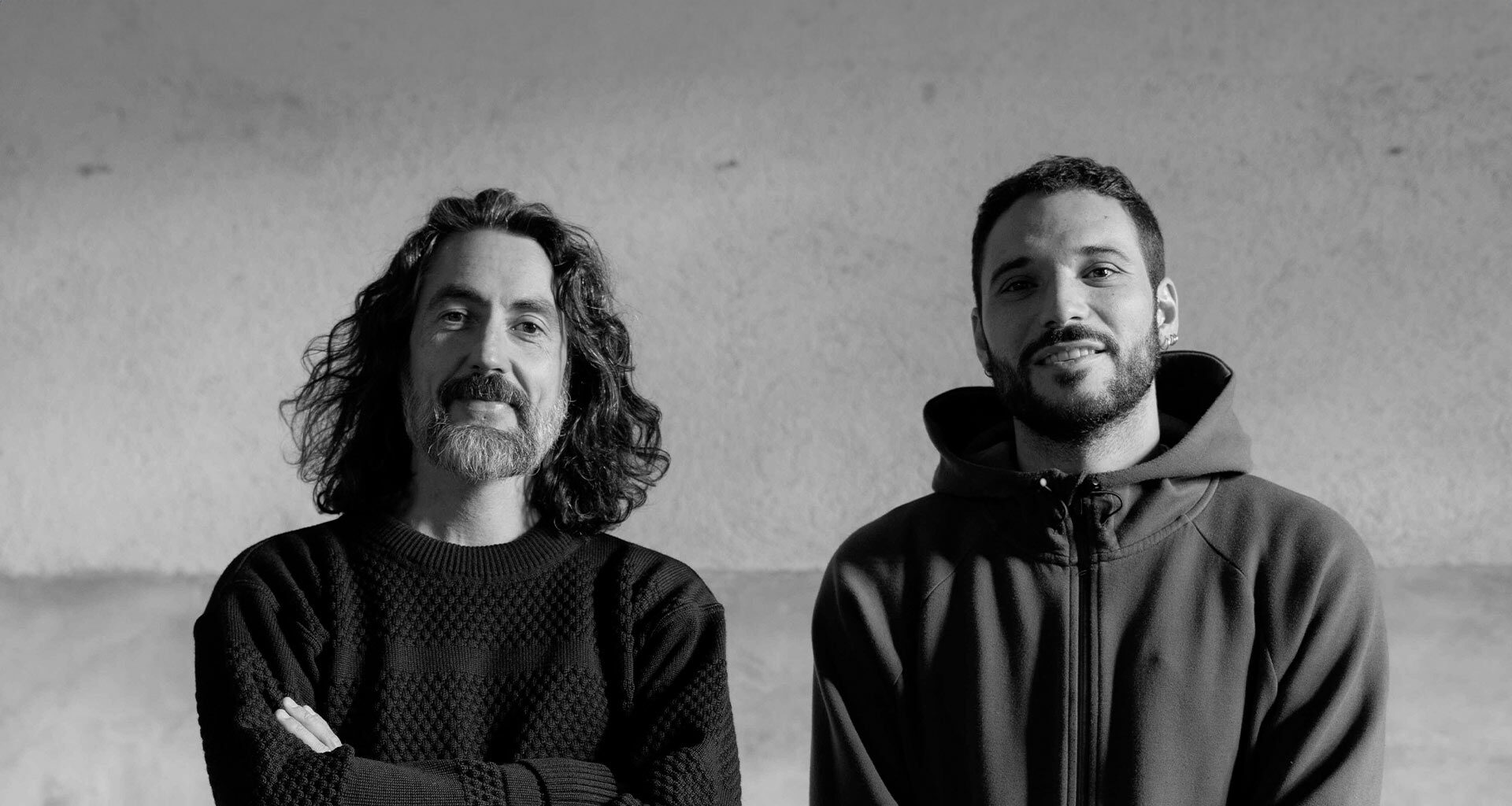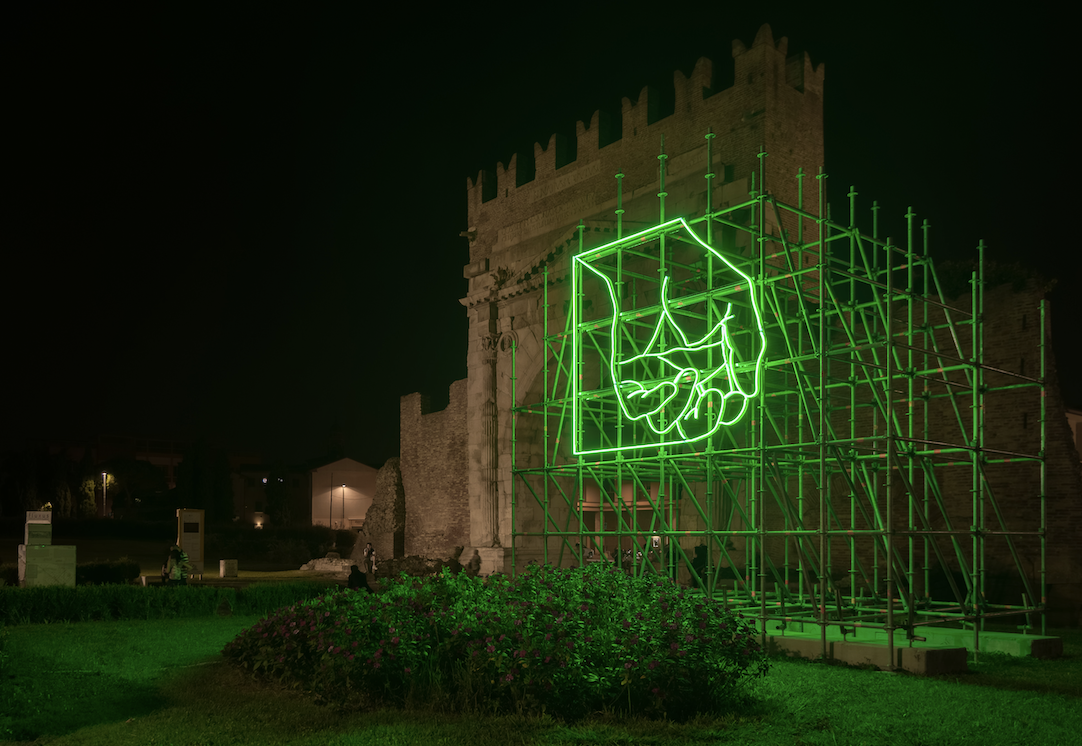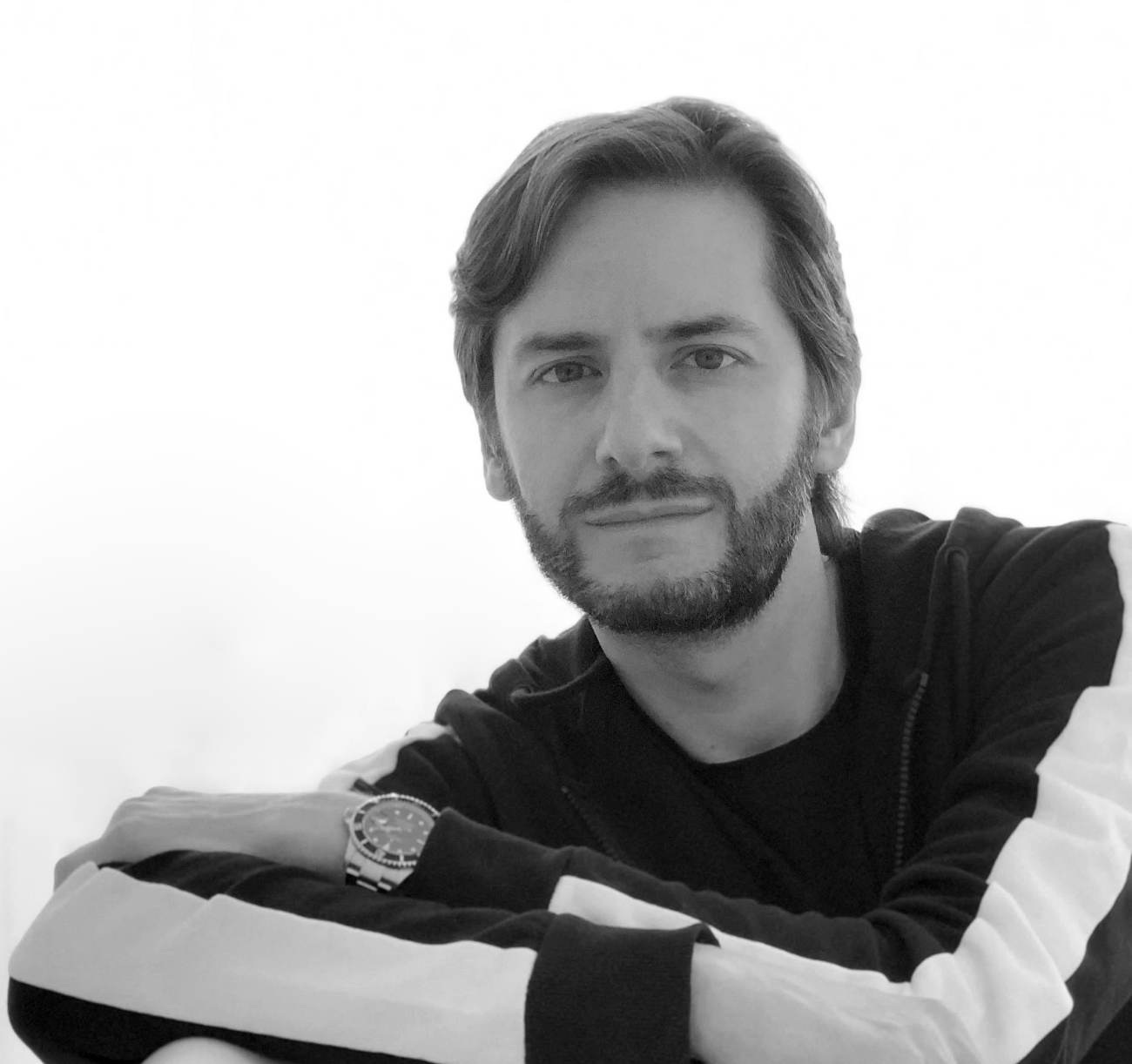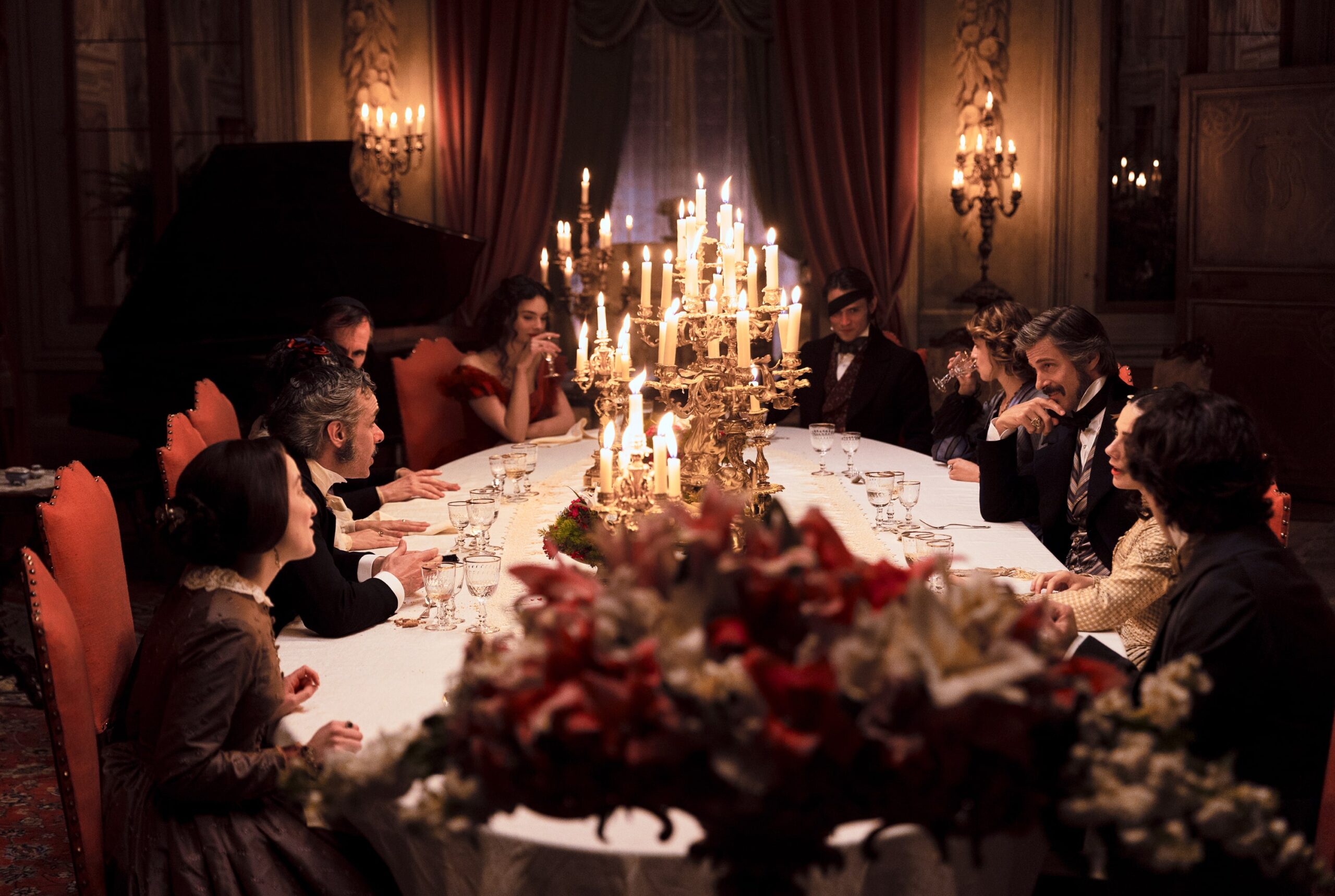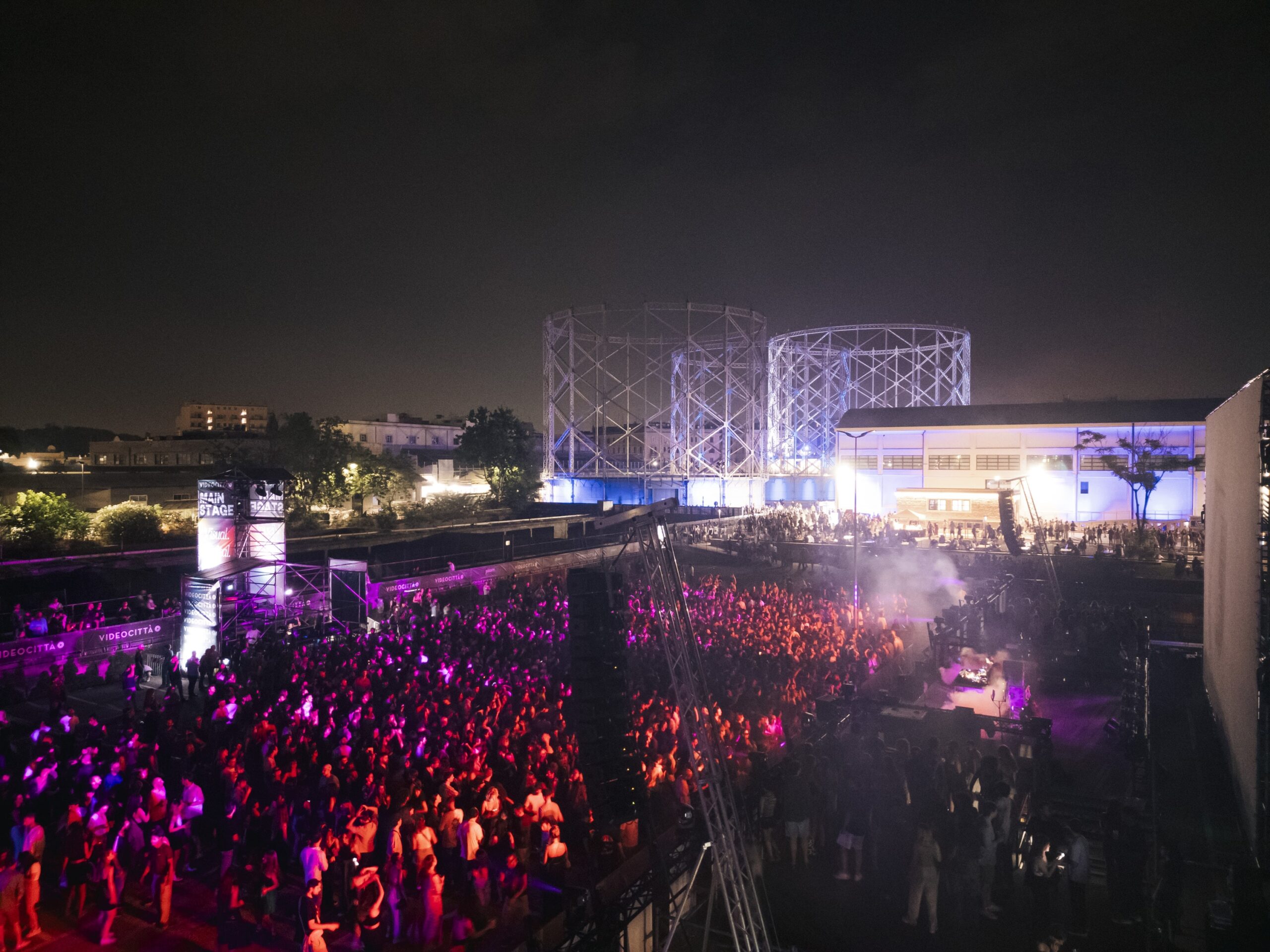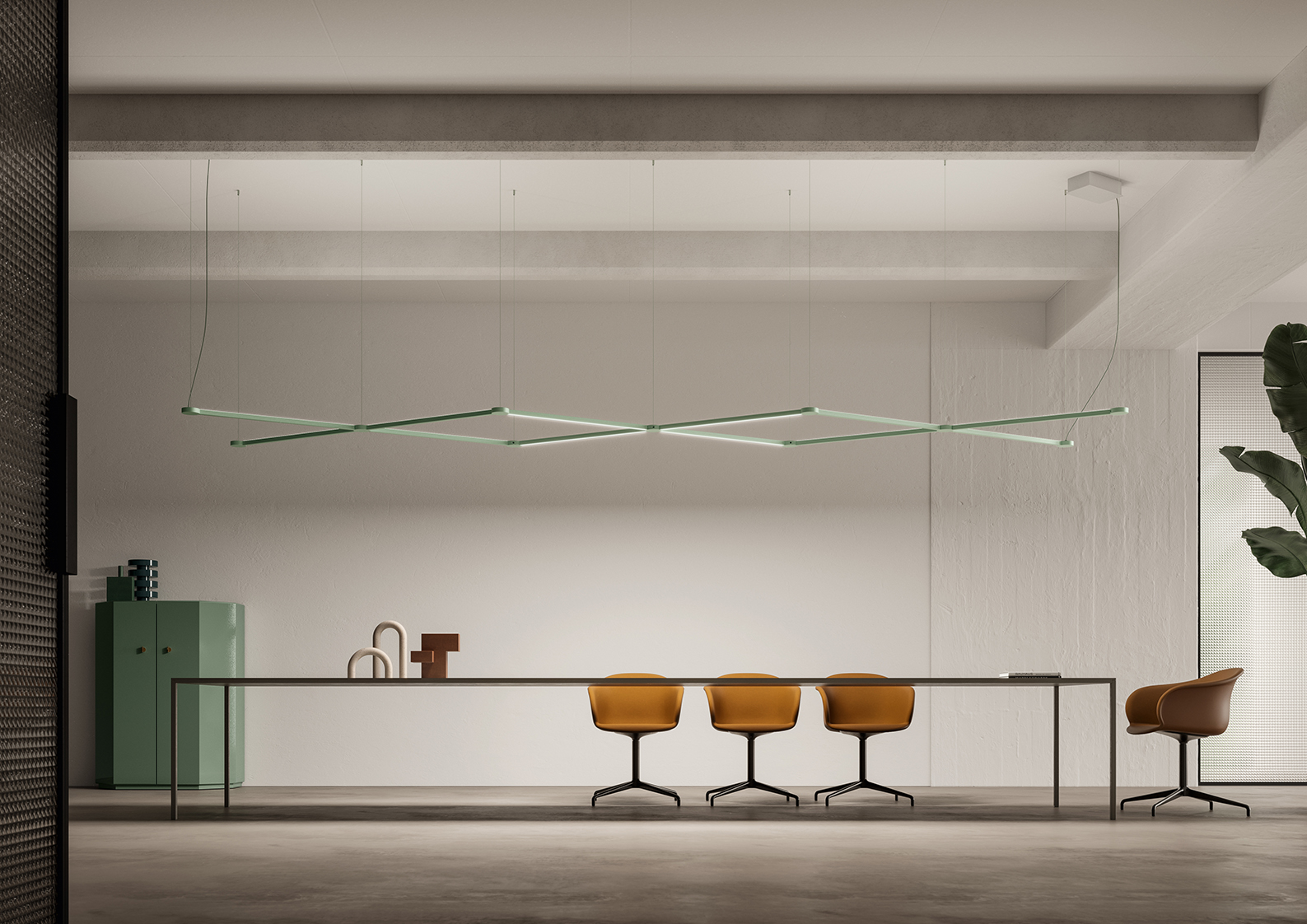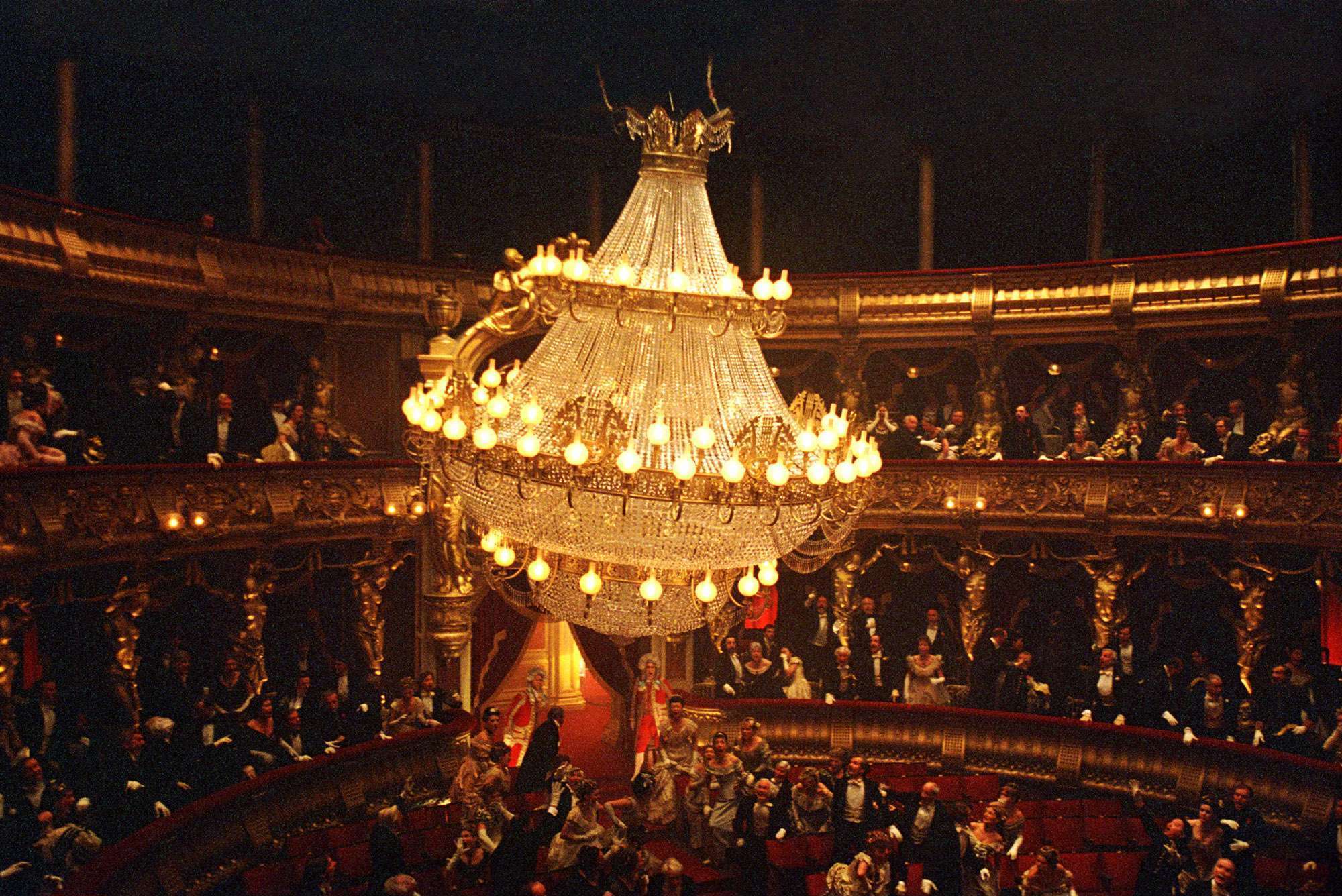Debonademeo is a product design studio established in 2011 by Luca de Bona and Dario De Meo. An architect and a designer who managed to merge two distinct perspectives into one mindful and eclectic vision, capable of undertaking projects of varying scale by drawing on their expertise in design, materials, art, set design, and film. They operate between Padova and Milan, designing for renowned companies in the furniture and lighting sectors, including Incalmi, Zava, Elesi Luce, Karman, Wall & Deco’, Adrenalina, and Sylcom.
Their creations always encapsulate a powerful narrative quality expressed through harmoniously unconventional shapes, innovative materials, and surface treatments that interact with light, enticing one’s desire to touch and understand better.

An architect and a designer: How did your collaboration start and how did it evolve?
LDB: «Some time ago, a mutual friend introduced us. He believed that my creative architectural tendencies combined with Dario’s ideas and technical knowledge would lead to a serendipitous synergy. The prediction came true: we began working on an experimental project, and ever since we have been blending our expertise and insights to bring new creations to life».
DDM: «Our collaboration began between Padova and Milan, cities where we both have lived and worked. From the outset, we decided to collaborate in product development. We saw that by joining forces, we achieved good results, prompting us to continue this joint journey».
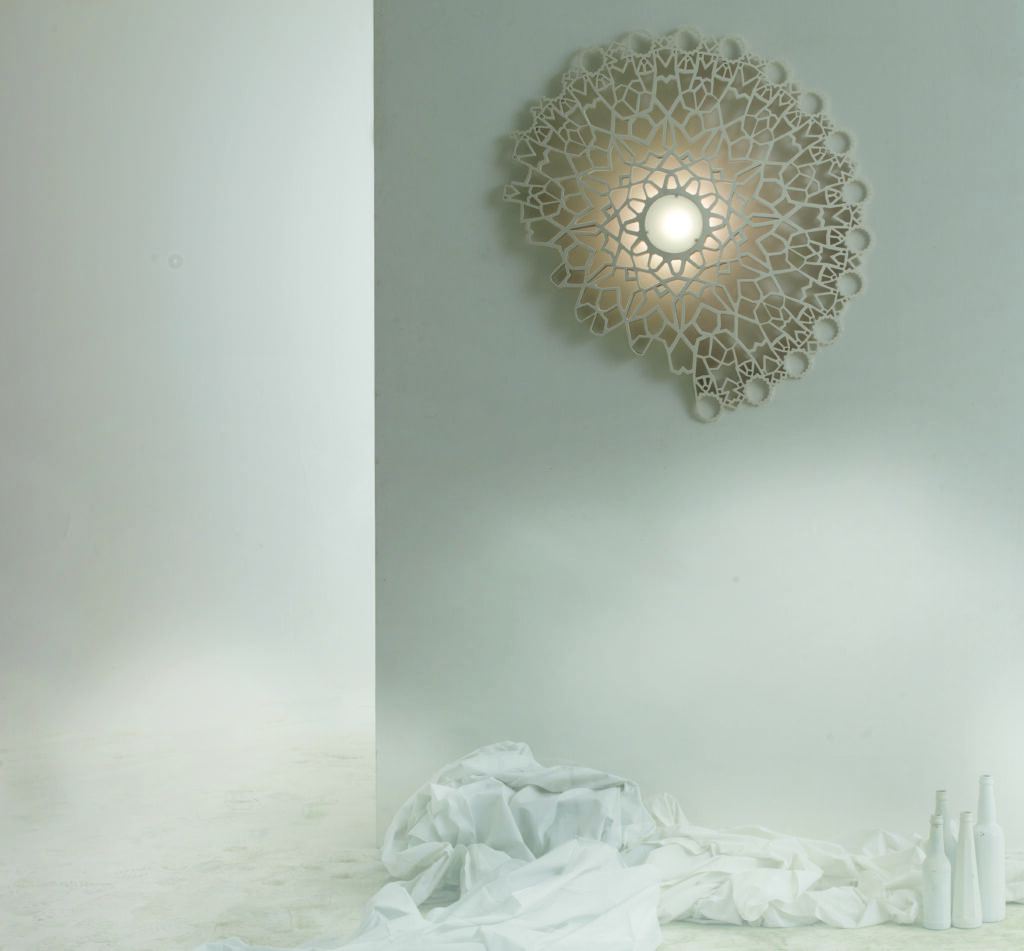
Throughout your career, you have approached various challenges: from furniture accessories to wallpapers and lighting. What’s the common theme, if there is one, among all these areas?
LDB: «We never predetermined a specific style to characterize our products. We’ve always allowed them to naturally develop their aesthetic features: our taste, client needs, and the production chain merge into a concept rooted in the past, aiming for the future, but predominantly influenced by the present».
DDM: «Hic et Nunc, meaning designing here and now. We always start with a multi-layered analysis, delving into the target market, product type, and the company’s current position. To this, we always add regional analysis, the company’s implicit potentialities, as well as researching trends, and even exploring parallel worlds like fashion or technology. We strive to establish deep dialogues with our clients to understand their actual, often unexpressed or latent needs. We then translate all of this into shapes and symbols that convey emotions and pique people’s interest».
Your luminous creations show great attention to innovation and experimentation, especially in materials, without neglecting poetics and references to tradition and craftsmanship. Which of your projects best encapsulates this vision?
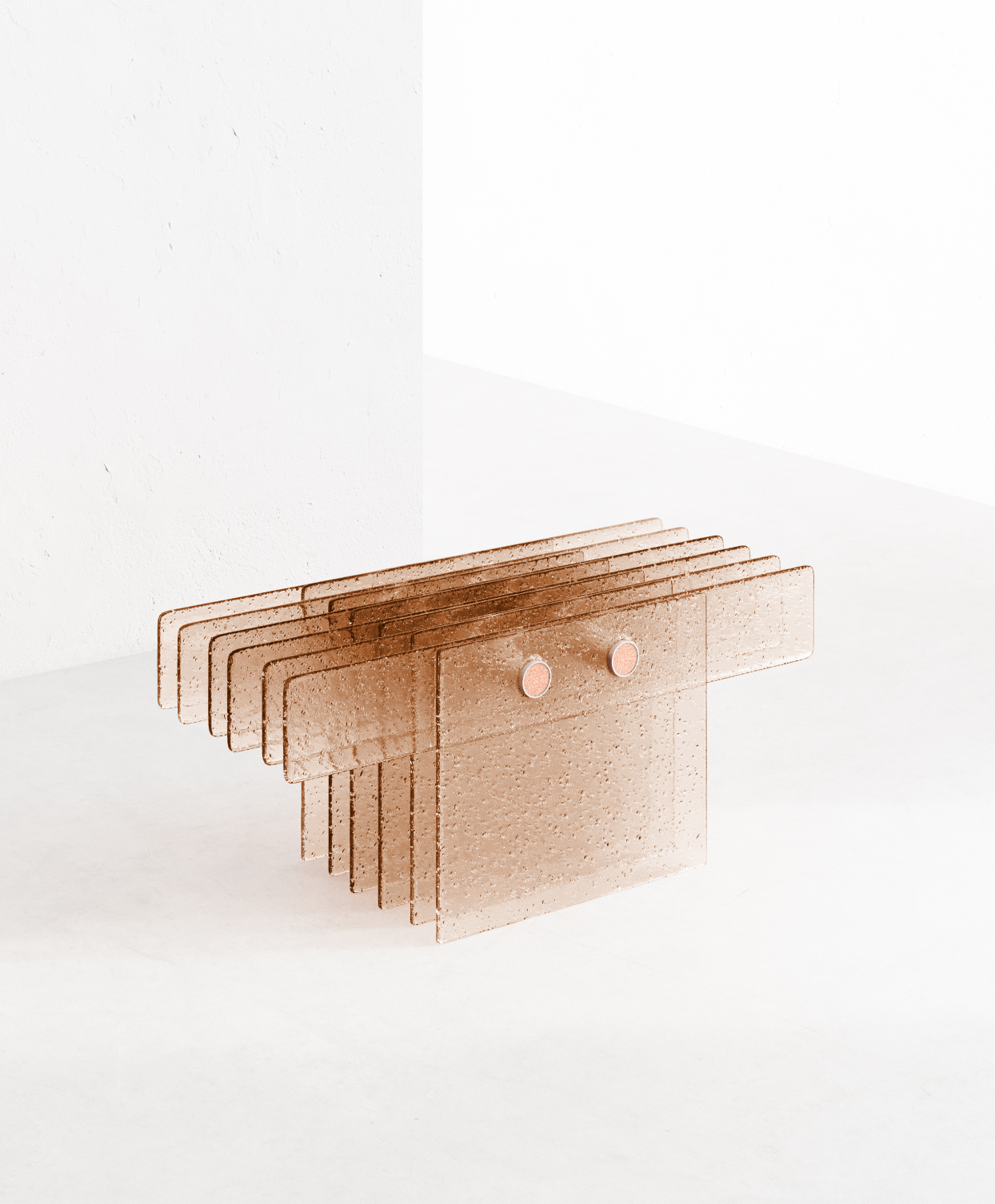
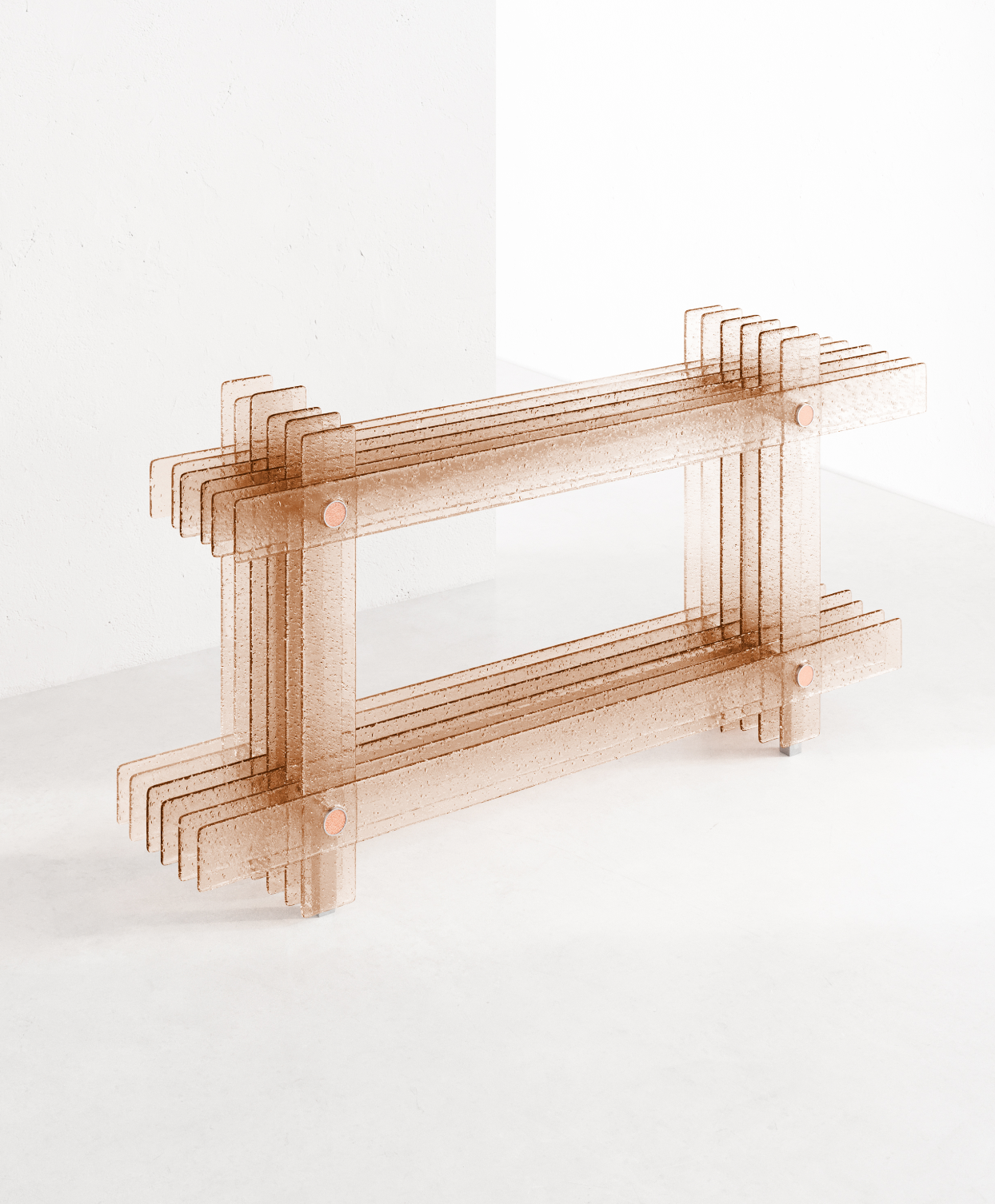
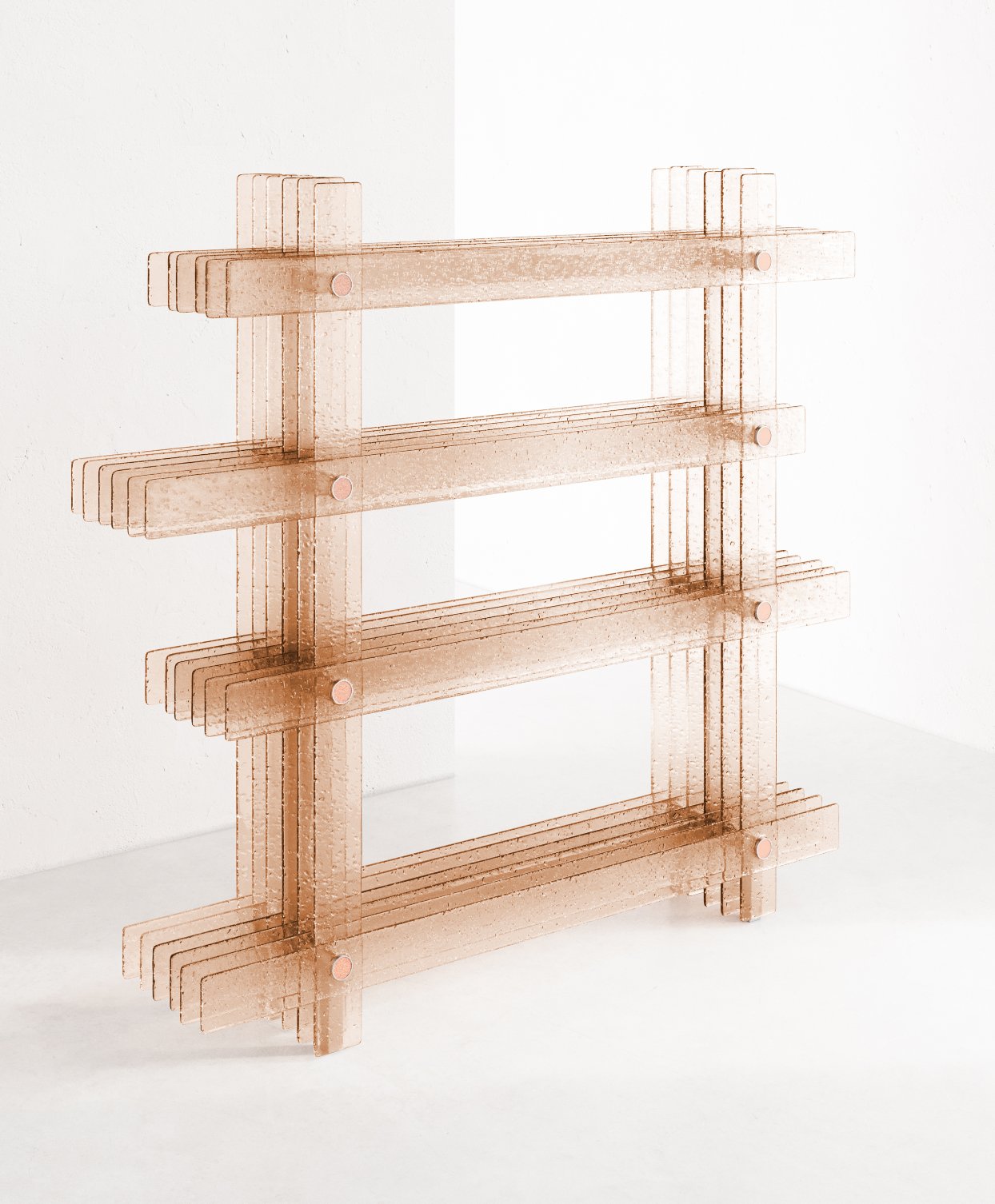
LDB: «Our products draw inspiration from various contexts like art, architecture, or cinema, but it’s primary emotions that guide us. We hope our products can always tell stories, create atmospheres, and communicate to the senses through signs, shapes, and surfaces. The Notredame lamp for Karman or the Ossimori collection for Incalmi exemplify this».
DDM: «Each of our projects embodies experimentation, tradition, and innovation. In some cases, this is more explicitly evident, as with the Notredame lamp designed for Karman, where we introduced experimental materials into the lighting world (like resins mixed with marble powder) and LED technology, which the company hadn’t used before. On the other hand, in products like the Medusa for Elesi Luce, or the Stimma lamp for Multiforme, the blend of experimentation and tradition remains more implicit: the vast expertise and artisanal capacity of these companies have been leveraged to make something seemingly simple, which is quite complex to produce».
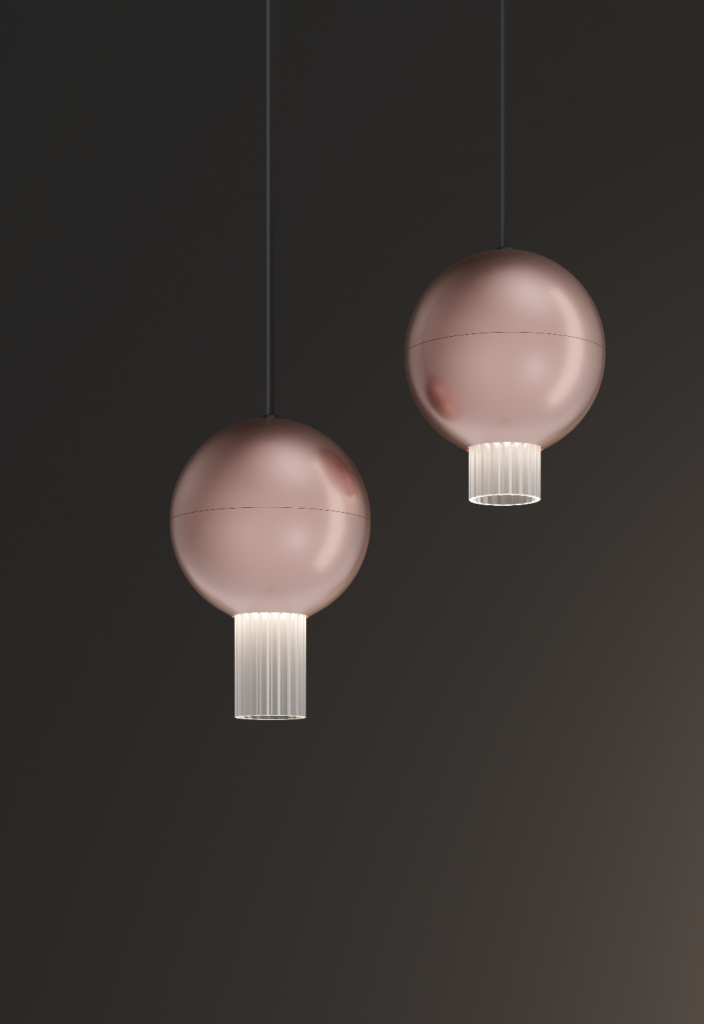
How important is the synergy between designers and manufacturing companies to you? Can it limit or enhance the ideation process of a new product?
LDB: «It’s never a limitation, but always a necessity. For us, it’s crucial to be familiar with the companies, to understand their processes, and to learn from technical limitations, either to work around them or transform them into opportunities. We sometimes clash with certain business dynamics, especially when we’re asked for “iconic” or “sellable” products as if these were design prerequisites. However, in general, the exchange of ideas remains a valuable resource, even in project planning».
DDM: «The relationship established with the company is of utmost importance to achieve satisfactory results for both parties. As in any relationship, complicity, synergy, and empathy allow the sharing of thoughts freely, shaping and defining products in the most natural way possible».
